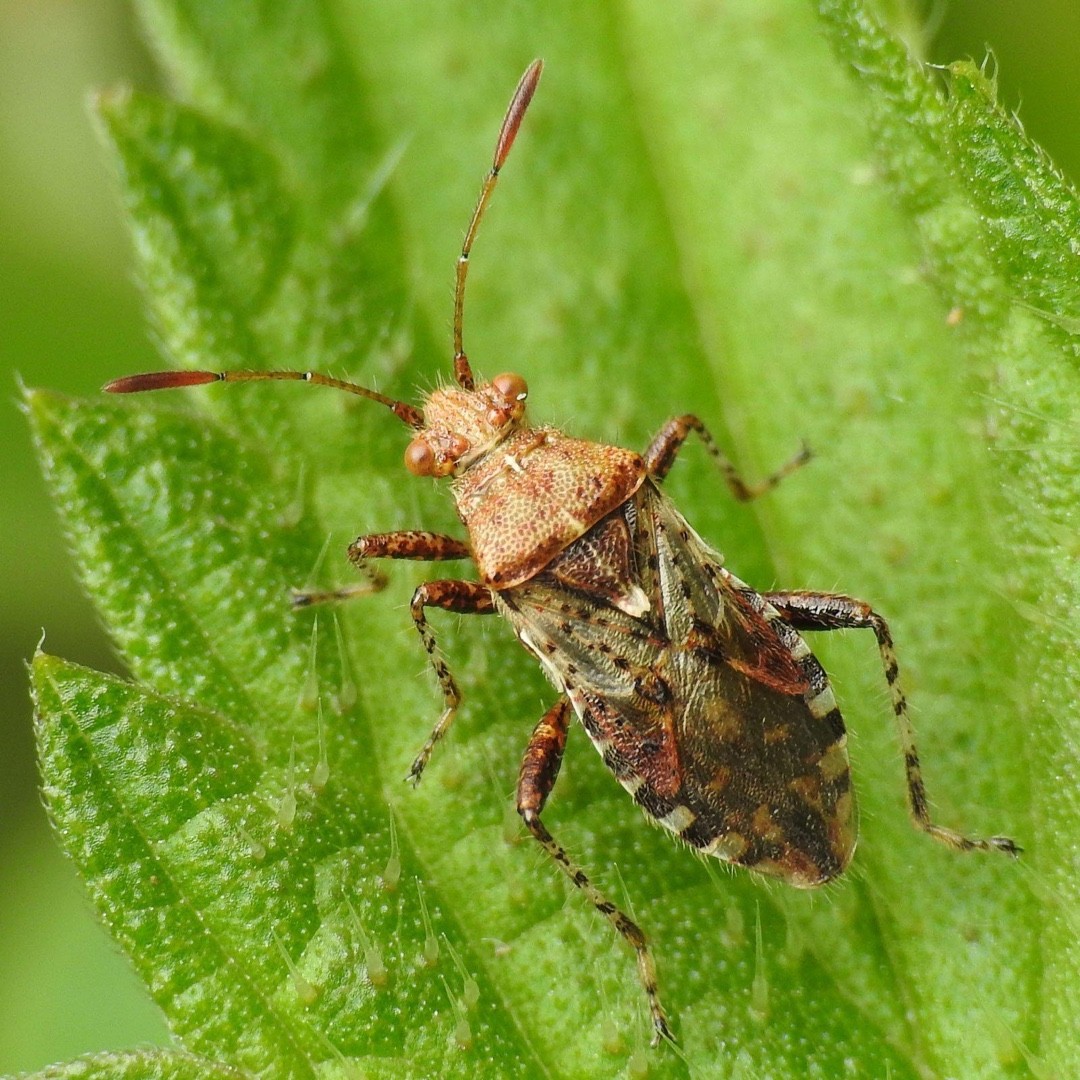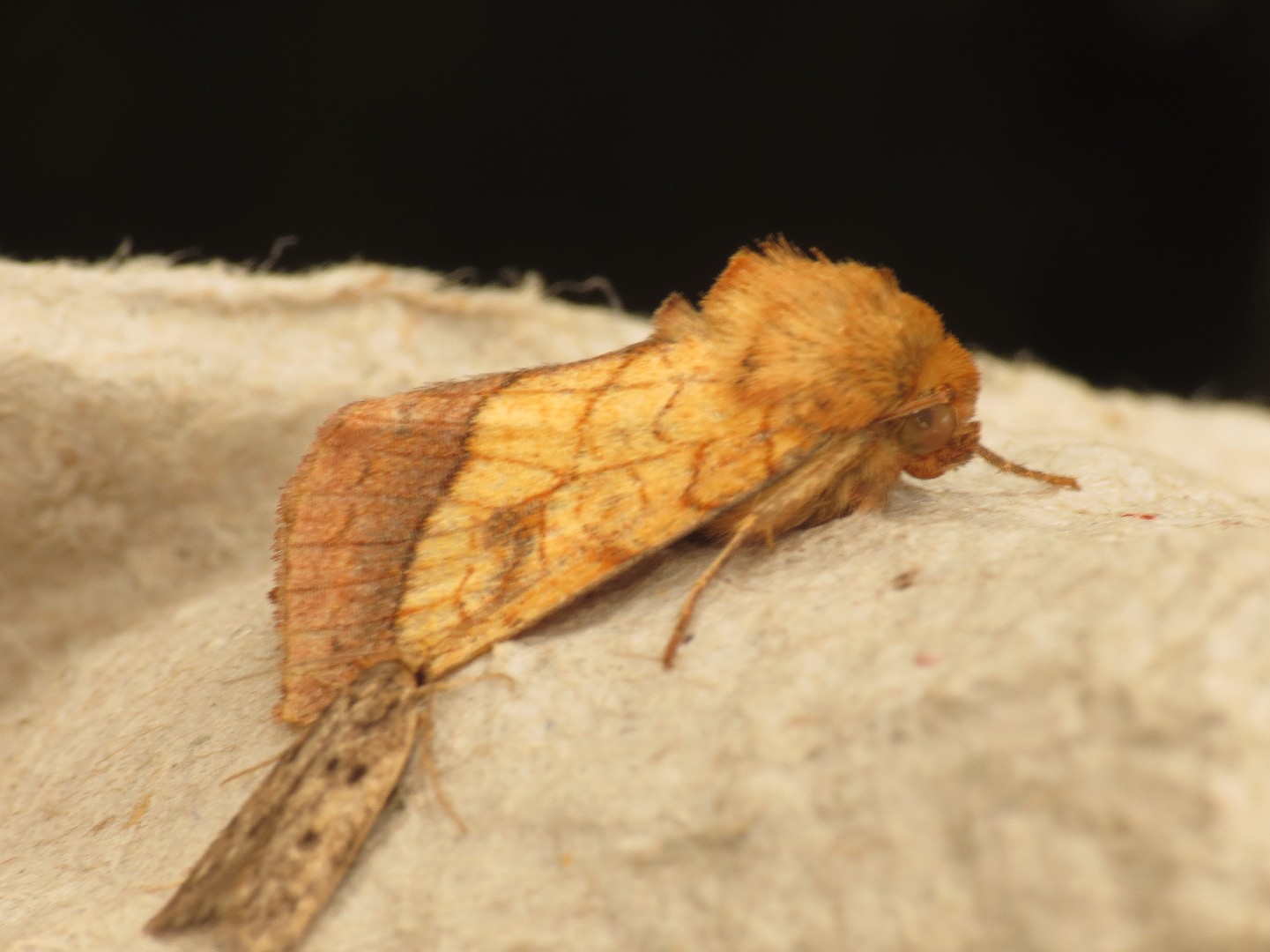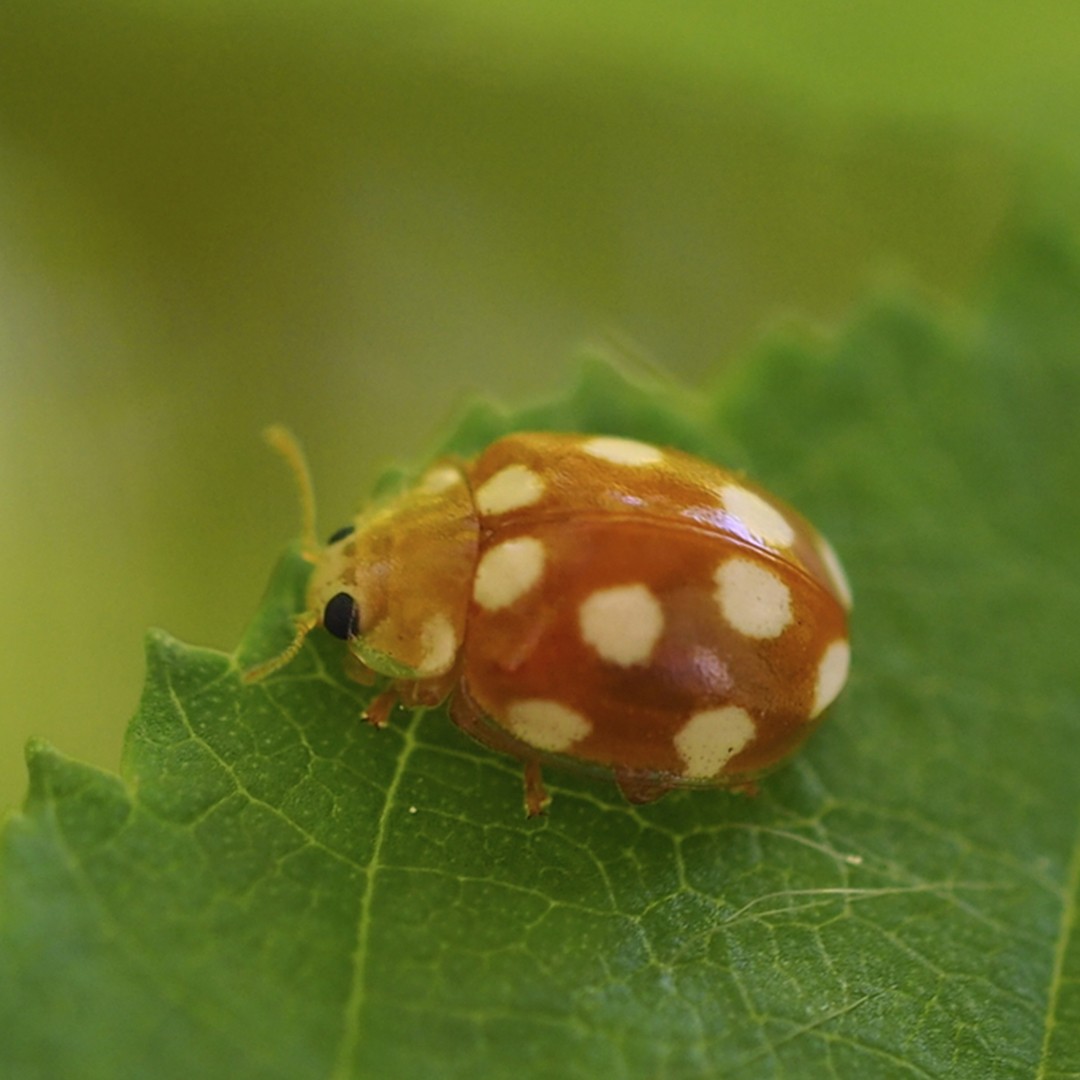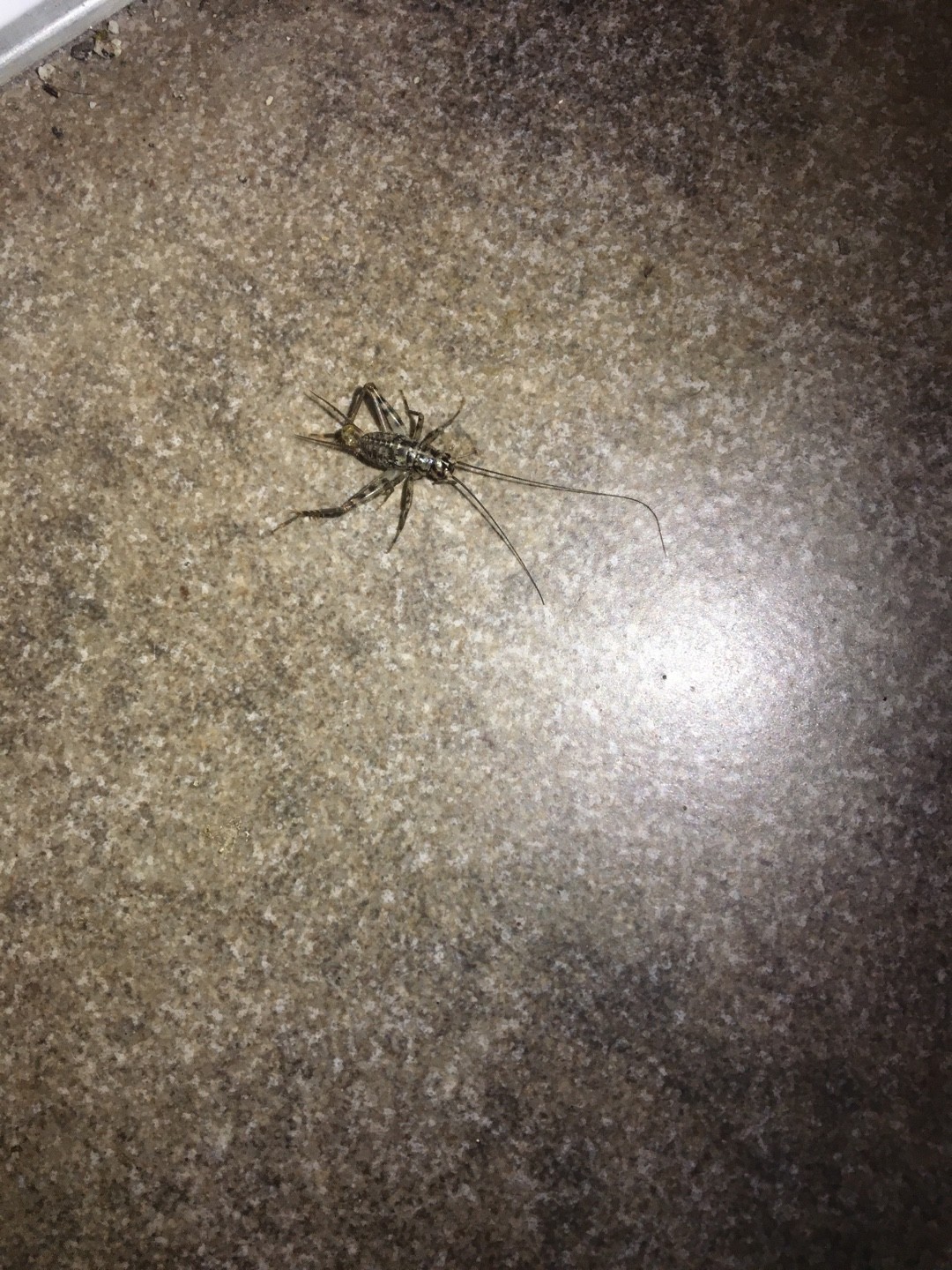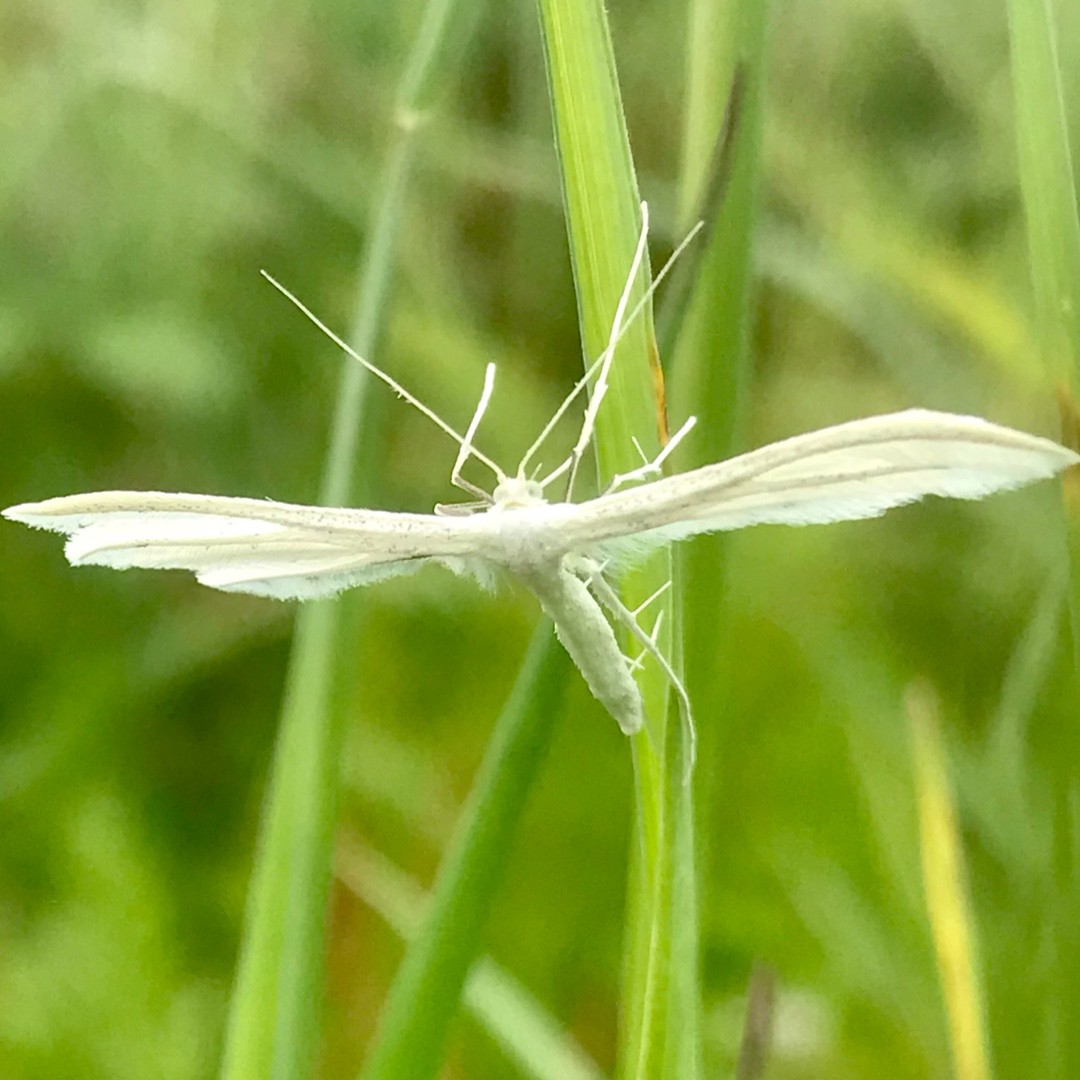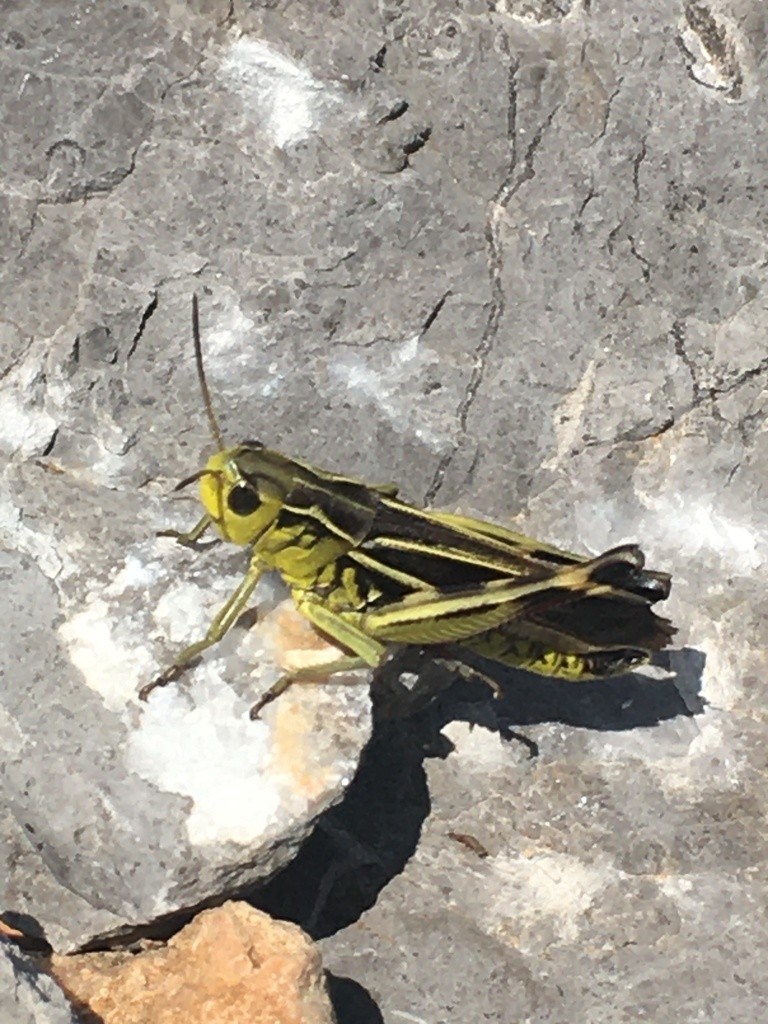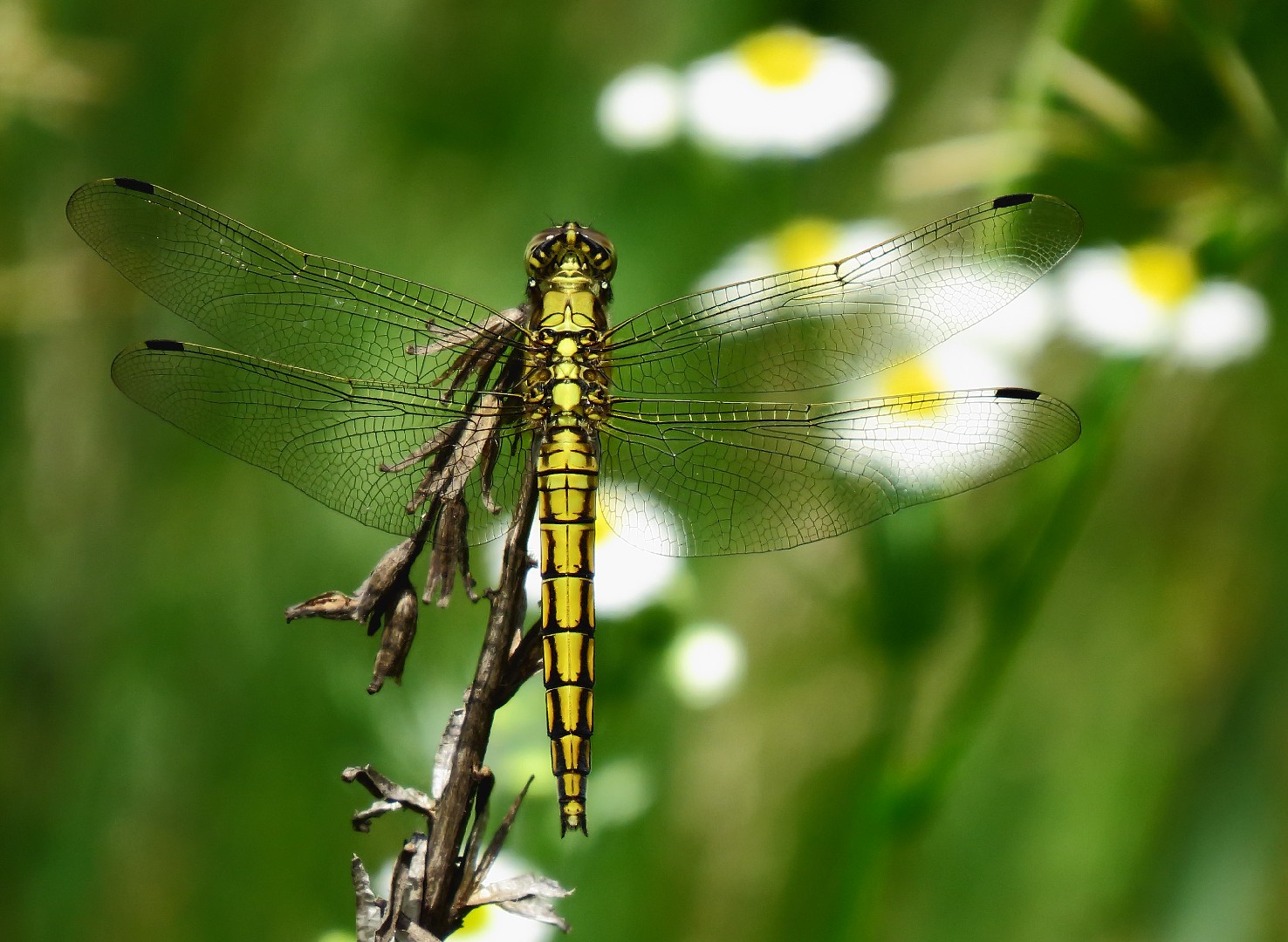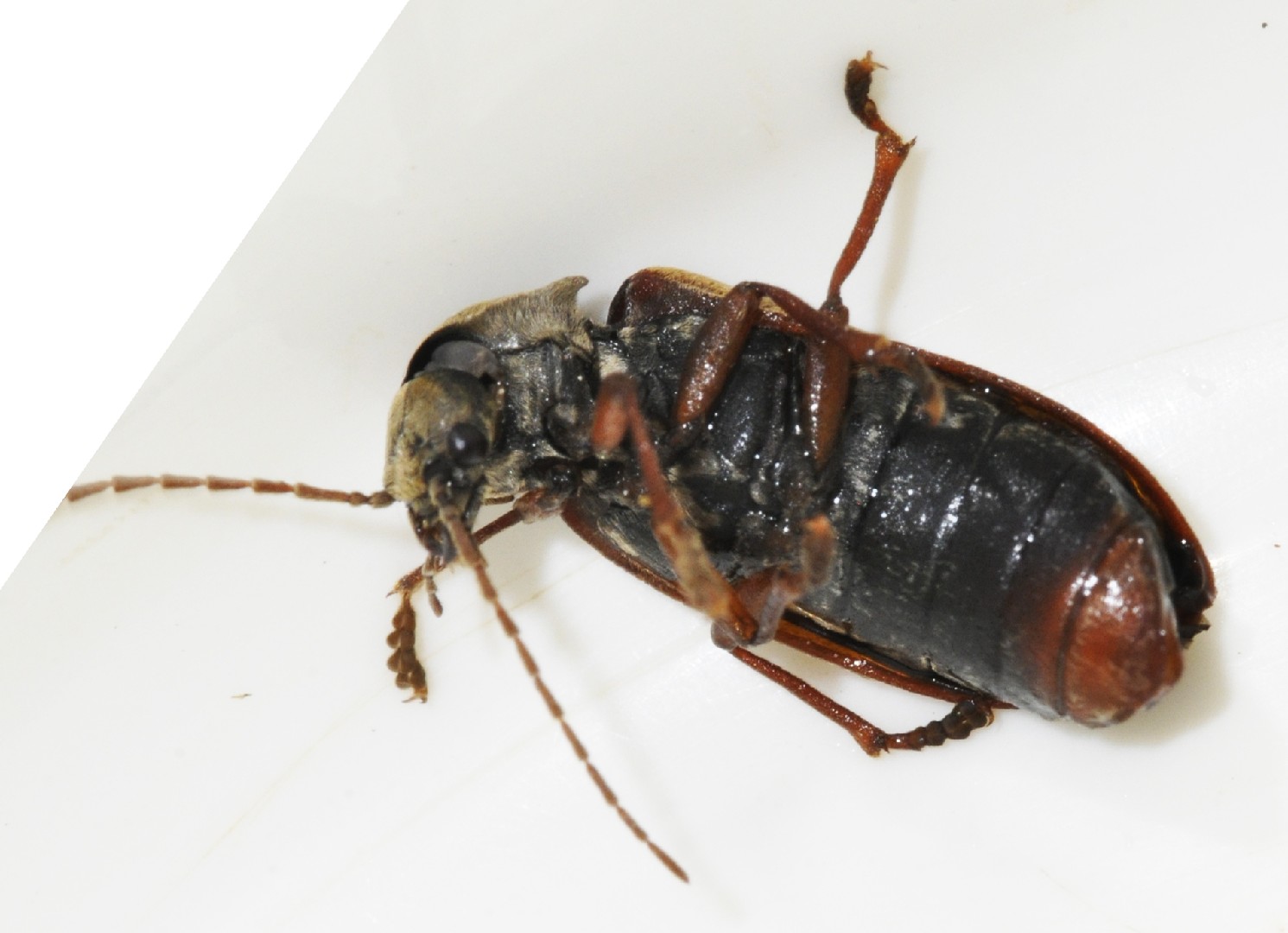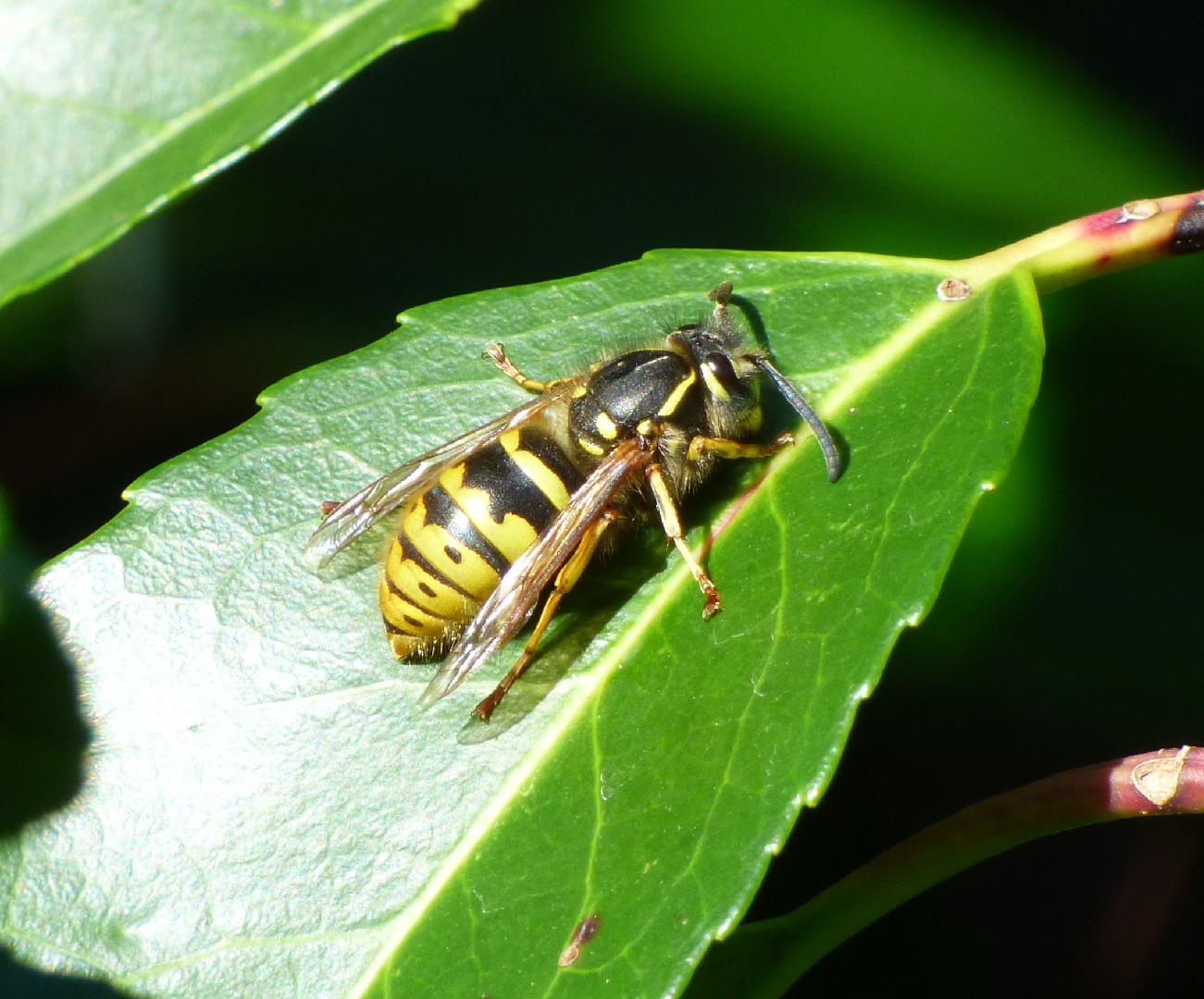Top 20 Most Common Insects in Cuprija
Insects, with their distinct attributes and diverse habitats, play a crucial role within Cuprija's ecosystem. Their prevalence is tied to geographical variations that influence diversity. Essential for pollination and also as pests, these unseen custodians provide ecological balance. Our 'Top 20 Most Common Insects in Cuprija' list offers a fascinating glimpse into this unique relationship.
Most Common Insects
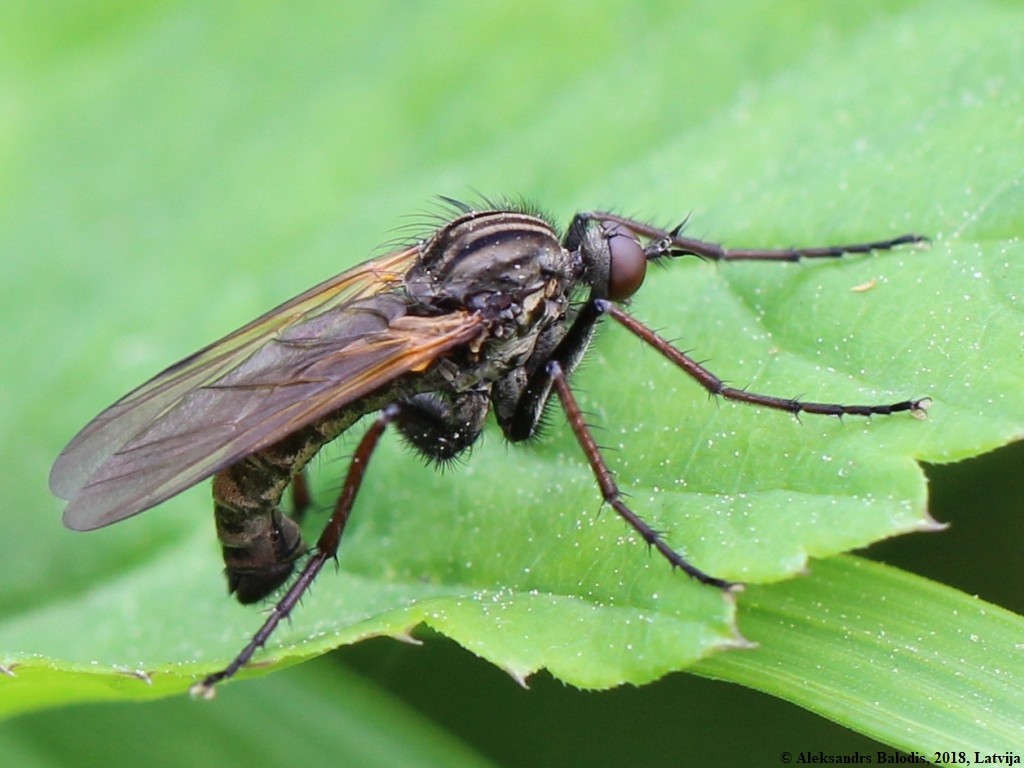
1. Hanging fly
Empis tessellata can reach a length of about 9–11 millimetres (0.35–0.43 in) and a wingspan of 9.3–11 millimetres (0.37–0.43 in). These large dance flies have a strongly black bristled body. The long legs are varying in color, usually they are red-yellow with black thighs. The brown-tinged wings have dark brown veins and rusty-yellow costal margin. The head is small and almost spherical with black antennae, large brown eyes and a long pointed proboscis. The thorax is gray-black in ground color and carries three black longitudinal stripes. The abdomen is elongated and arched, marbled bronze-gray. The 3rd (last) antennal segment bears a two-segmented seta. The sexes are distinguishable by the size of their eyes. In the males, they are narrowly contiguous, widely separated in the females. Empis tessellata is the largest British Empis species, though there are other similar sized species in mainland Europe. 
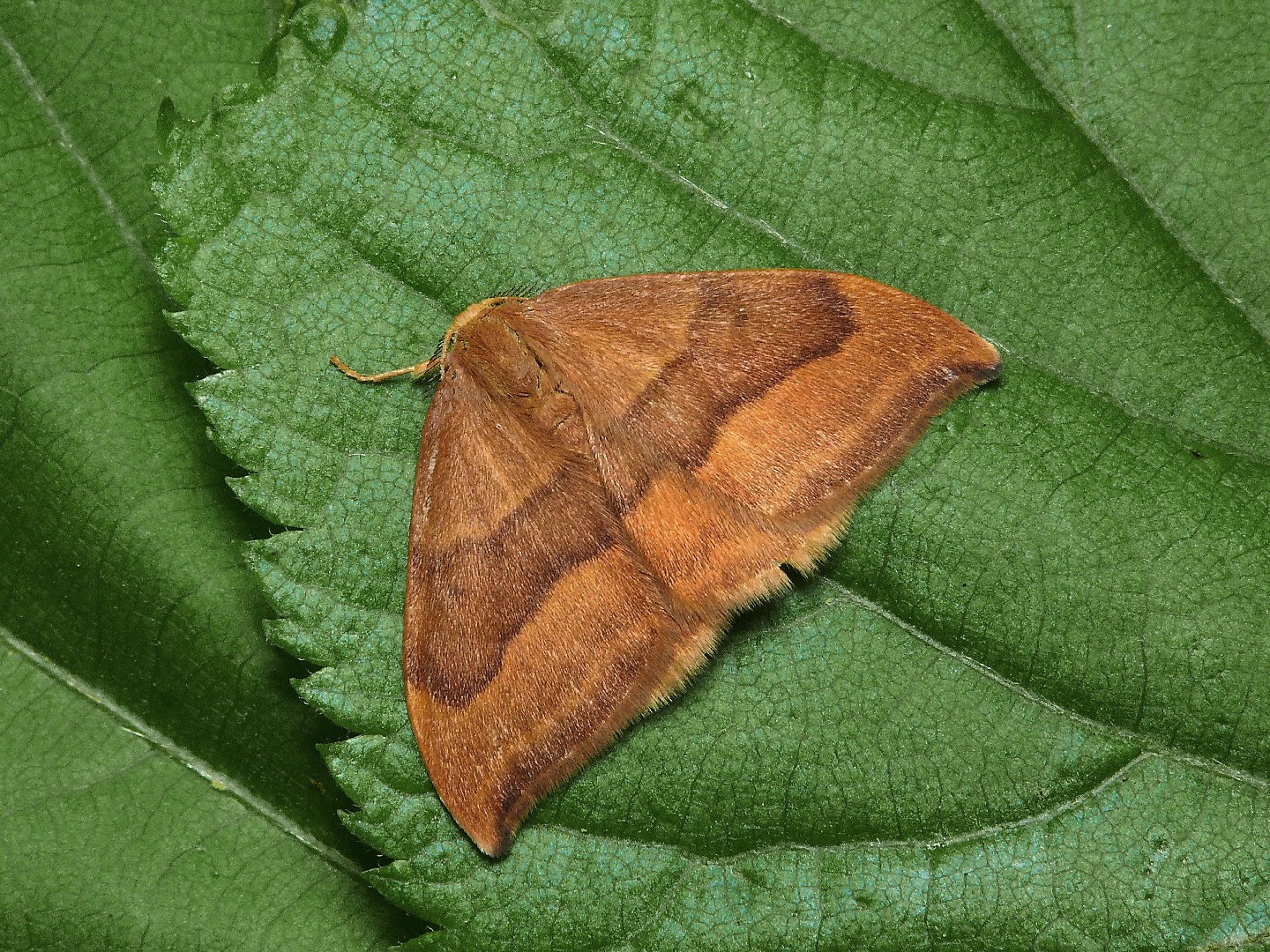
2. Barred hook-tip
The wingspan is 2 - 3 cm. 
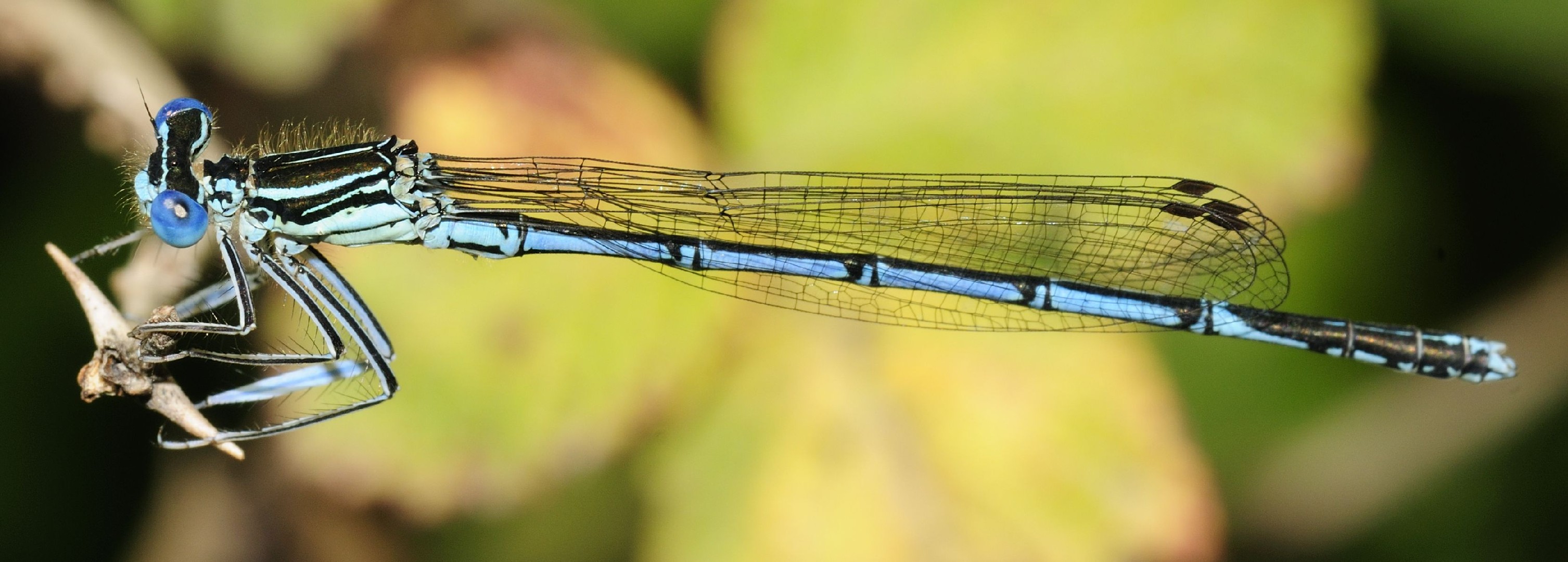
3. White-legged damselfly
The white-legged damselfly or blue featherleg (Platycnemis pennipes) is a damselfly of slow-flowing, muddy waters. It occurs from the Atlantic to Siberia and is often abundant throughout its range. 
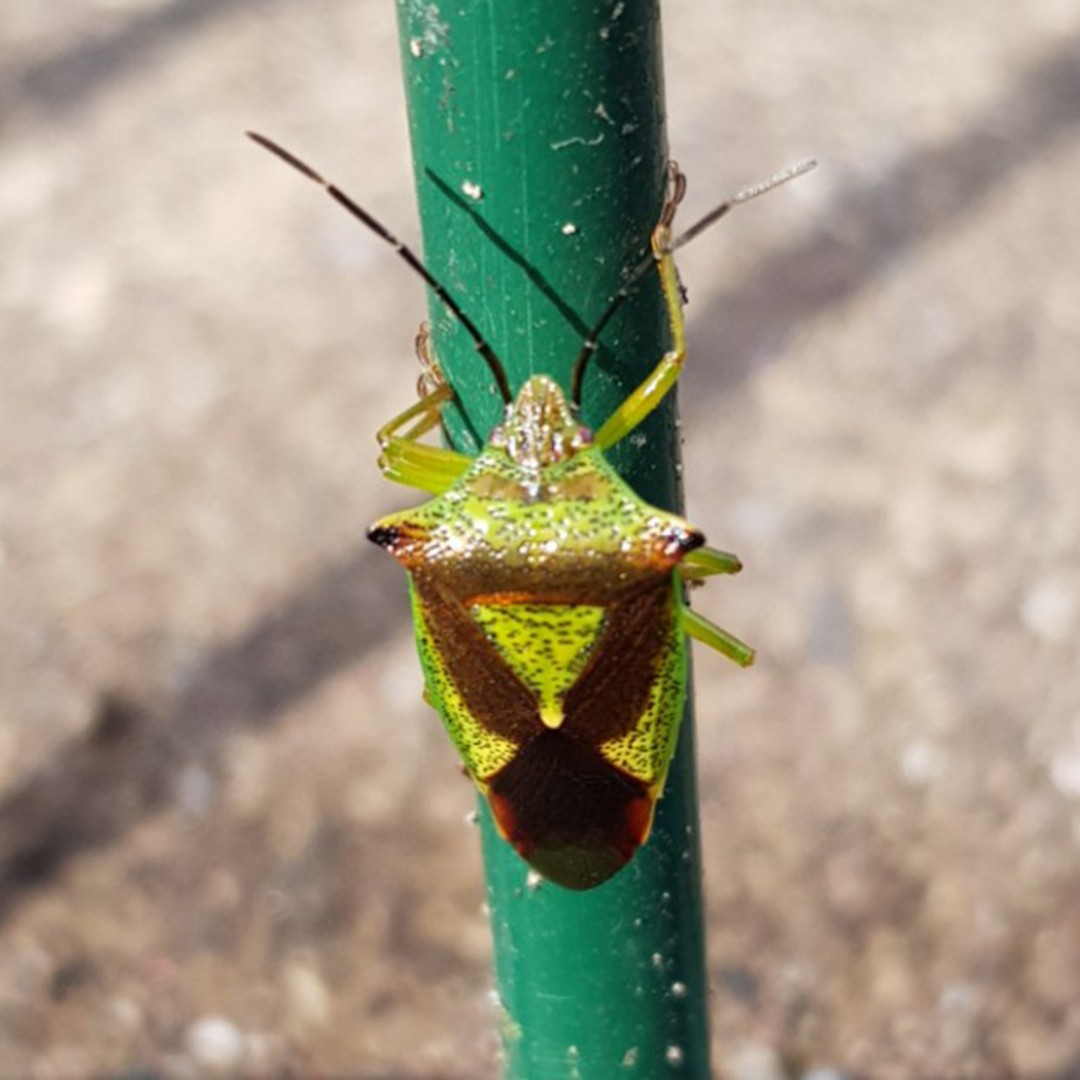
4. Hawthorn shield bug
The hawthorn shield bug (Acanthosoma haemorrhoidale) is a common European shield bug. Its chief food is haws, the fruit of the hawthorn tree, but adults can overwinter on a diet of leaves, and individuals can be found on many potential food plants, including pedunculate oak, sessile oak and whitebeam. They may grow up to 17 mm (0.67 in) long, and are camouflaged in shades of green and brown. Like many so-called "stink bugs", they may release unpleasant odours when disturbed. 
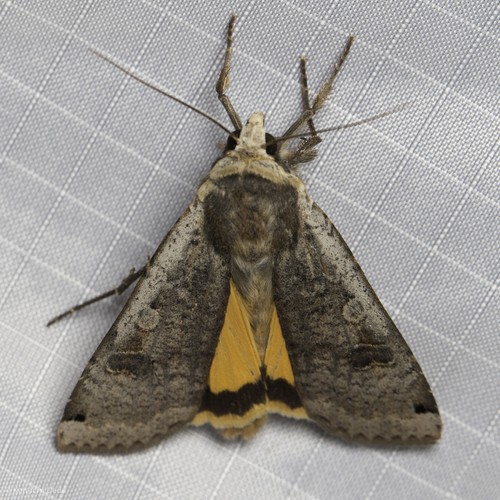
5. Large yellow underwing
An unusually large and heavy species of moth, large yellow underwing (Noctua pronuba) is dreaded by gardeners for the larvae's habit of causing fatal damage to the base of virtually any herbaceous plant. Large migrations occur some years, but how those years are determined is not yet known. Its contrasting colors (yellow-orange and brown) are thought to confuse would-be predators.
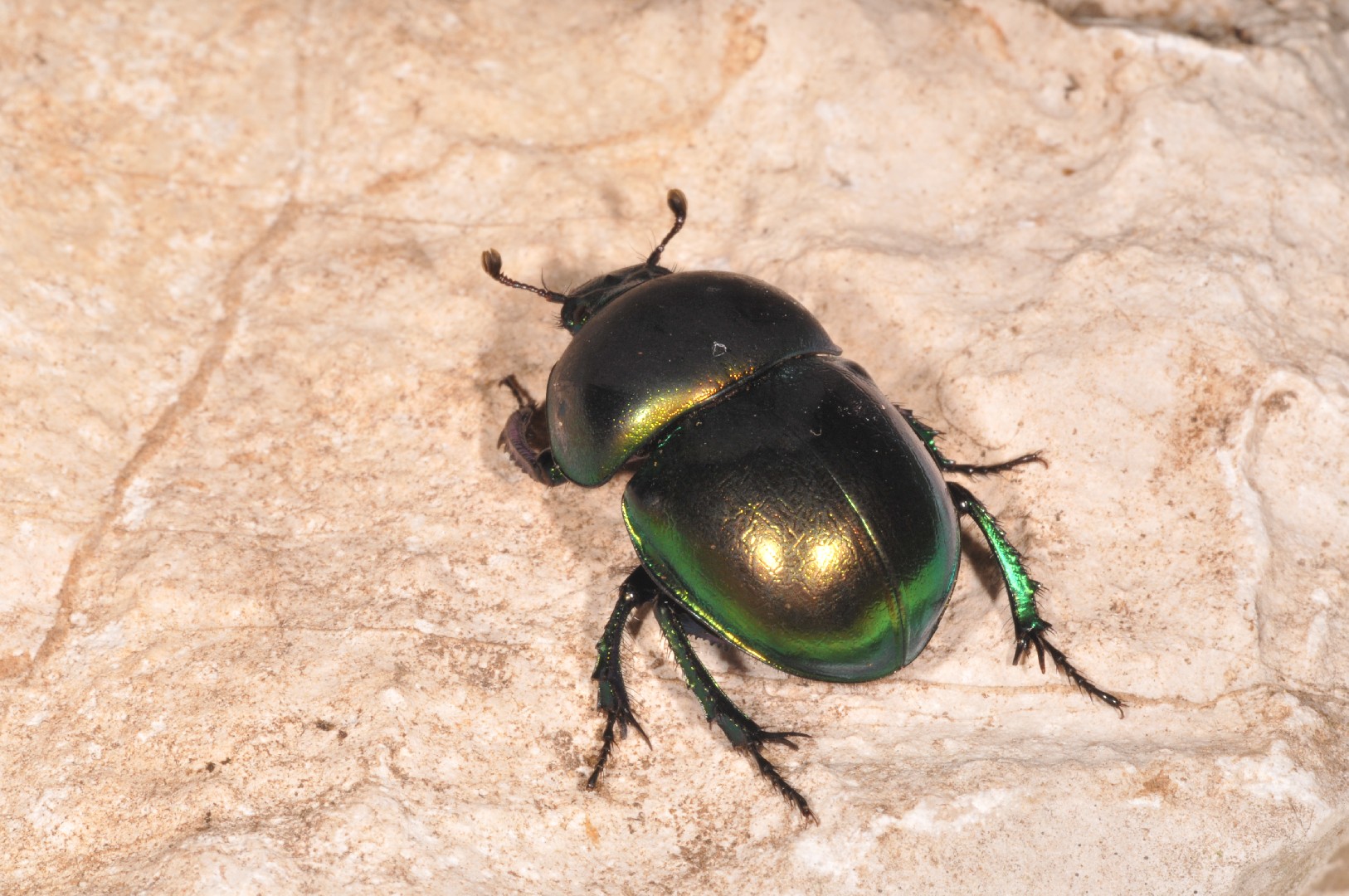
6. Spring dor beetle
The spring dor beetle (Trypocopris vernalis) is a beetle with a beautiful, metallic appearance. Despite their beautiful appearance, these insects are not in beautiful places. They are commonly found feasting upon the dung of various creatures, especially sheep and foxes.
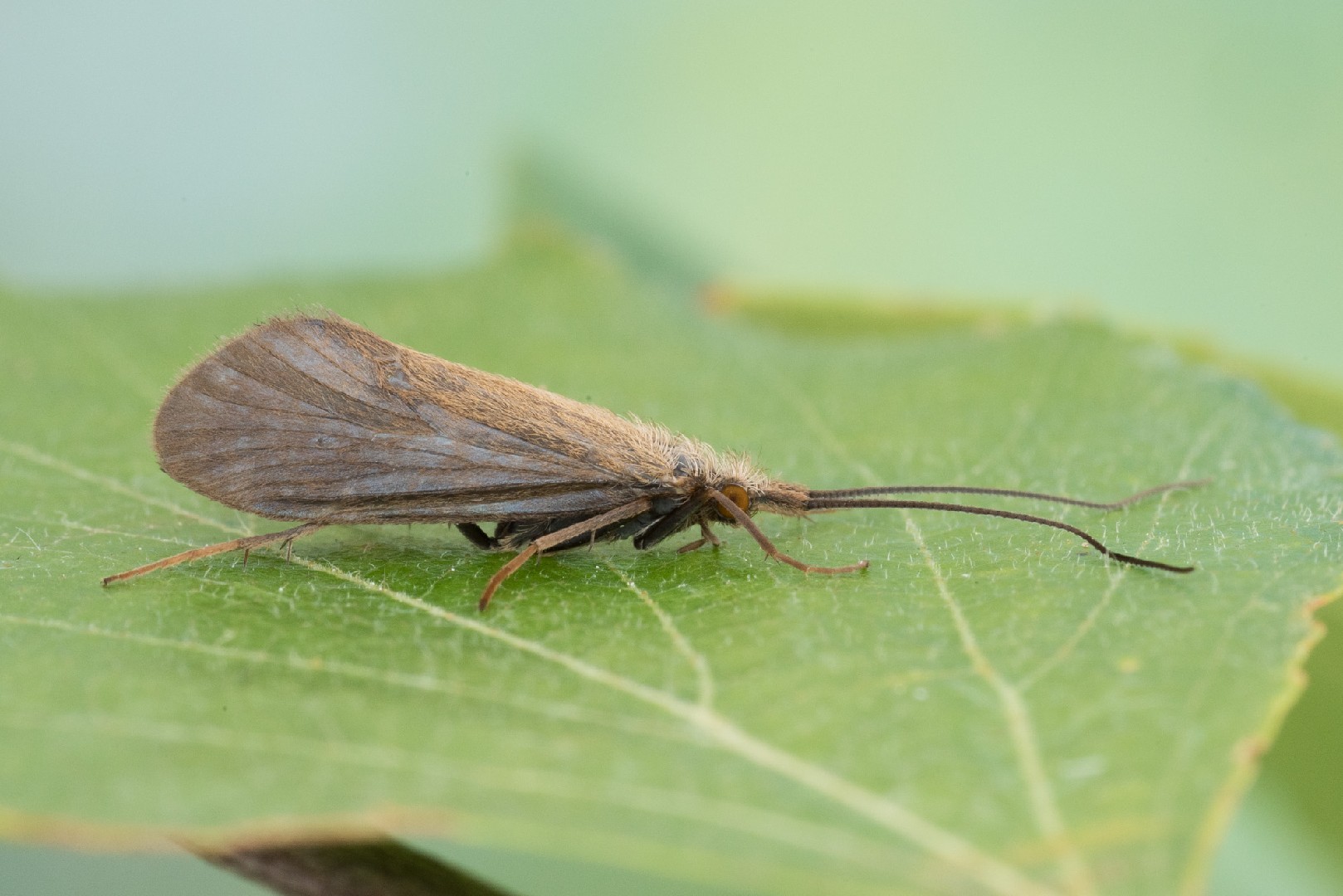
7. Medium sedge
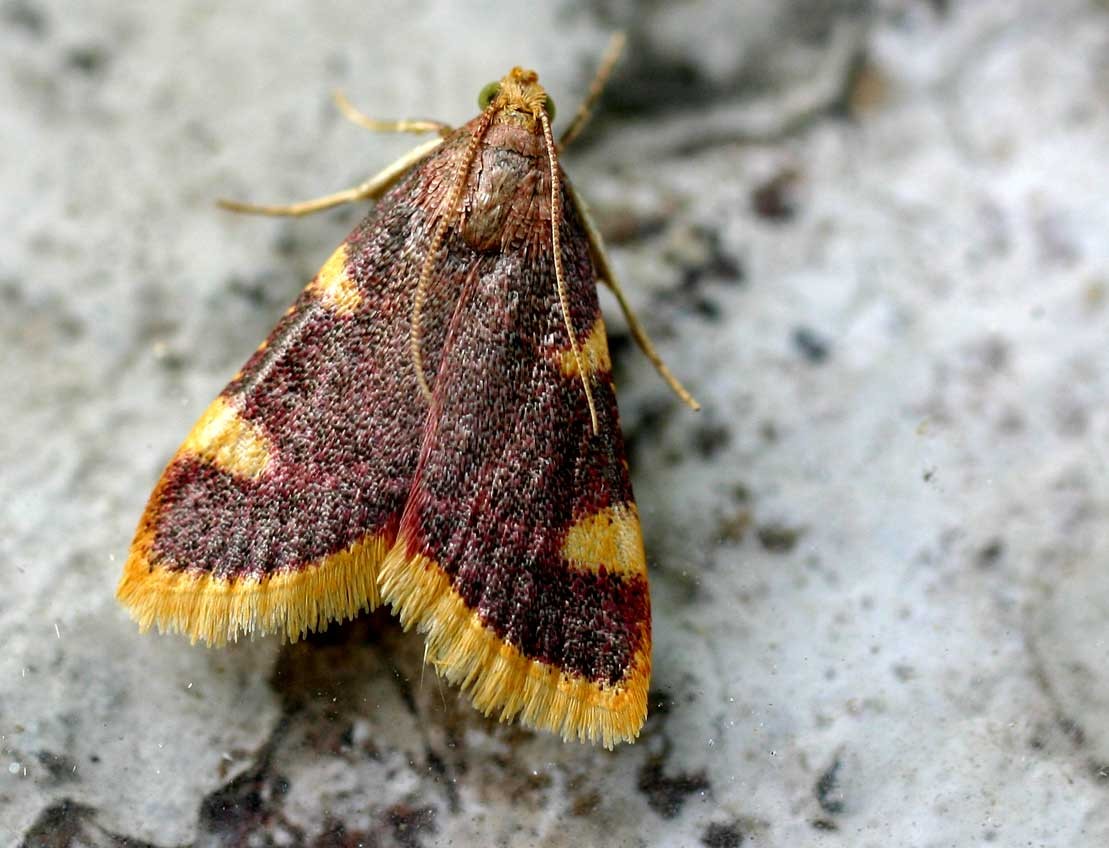
8. Clover hayworm moth
The wingspan is 1.6 - 2.5 cm. 
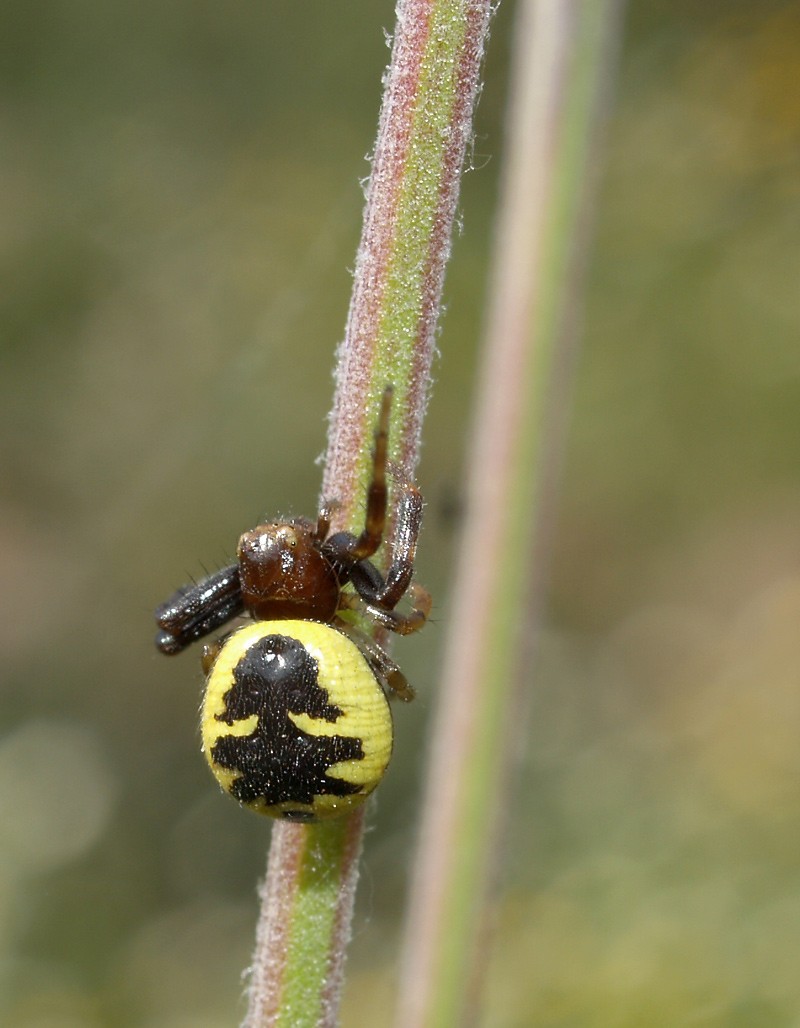
9. Napoleon spider
The adult males reach 2 - 4 mm in length, while females are 7 - 8 mm long. The two pairs of the front legs, used for hunting the flower-feeding insects, are more developed than the rear ones, which have a predominant motor function. Mature males have a black abdomen with two white marks. In mature females, the background colour of the abdomen can be red, yellow or white, with a black pattern which has been noted for a certain resemblance to the silhouette of Napoleon. Prosoma and legs are black or dark brown. 
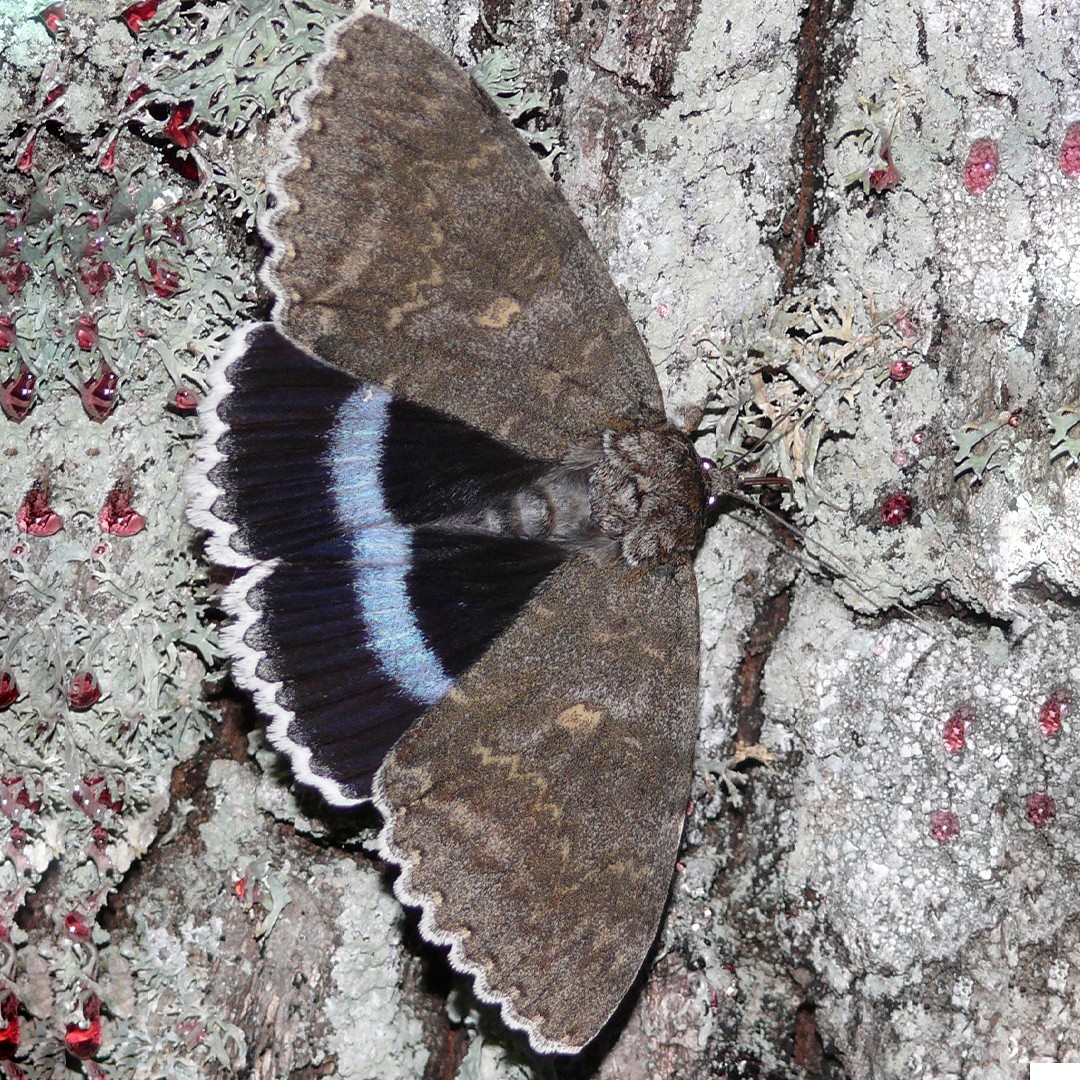
10. Clifden nonpareil
Forewing whitish ochreous, irrorated with pale or dark grey, sometimes with a yellow tinge; inner and outer lines blackish, dentate, double; median and subterminal lines blackish, dentate; reniform stigma with black centre and outline; beneath it a pale yellowish diamond-shaped spot outlined with moerens. dark; hindwing blackish, with a broad blue postmedian band. — ab. moerens Fuchs has the forewing more or less strongly suffused throughout with blackish grey, obscuring the markings; — the form gaudens Stgr. on the other hand, from Central Asia, is very pale, with most of the black scaling obsolete; in the ab. contigua Schultz the pale spot below the reniform stigma is elongated outwards to touch the outer line, often, as well as the outer line itself, strongly yellow-tinged, especially noticeable in examples with the ground colour dark; -angustata Schultz is distinguished by the narrowness of the blue band of the hindwing; — the ab. maculata Kusenov shows a white mark at the lower angle of cell of hindwing. Schultz also records an instance of albinism in the forewings, where the grey scales throughout have become white, and the black lines brownish yellow, the hindwings remaining unaltered. 
More
